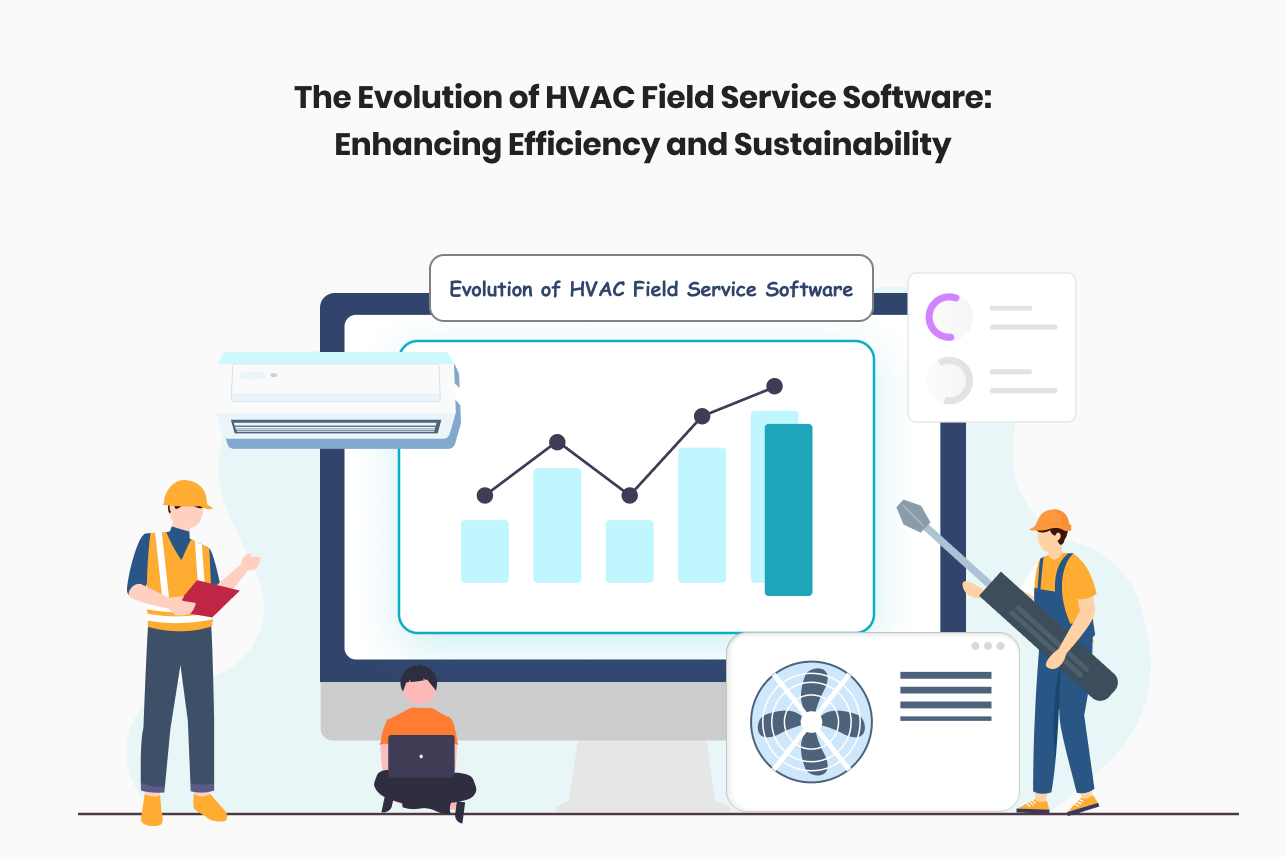The HVAC industry stands at the forefront of technological advancement, with field service software playing a pivotal role in revolutionizing operational efficiency and sustainability practices. This research-based article delves into the evolution of HVAC field service software, exploring its historical development, current capabilities, and future trends. Drawing on empirical data and industry insights, we highlight the transformative impact of field service software on HVAC businesses, emphasizing its role in driving efficiency, reducing environmental impact, and improving customer satisfaction.
Introduction:
The HVAC industry faces a myriad of challenges, from fluctuating demand and rising operational costs to increasing regulatory pressures and environmental concerns. In this context, the adoption of field service software has emerged as a critical strategy for HVAC companies seeking to address these challenges while staying competitive in the market. This article examines the evolution of HVAC field service software, from its inception to the present day, and explores its potential to shape the future of the industry.
Historical Development:
The roots of HVAC field service software can be traced back to the late 20th century, with the advent of computerized maintenance management systems (CMMS) and early dispatching software. These rudimentary systems laid the foundation for modern field service software by automating basic tasks such as scheduling, dispatching, and inventory management. Over time, advances in computing technology, including the proliferation of cloud computing and mobile devices, have fueled the development of more sophisticated field service software solutions.
Current Capabilities:
Today’s HVAC software offers a comprehensive suite of features designed to streamline every aspect of field service operations. From intelligent scheduling algorithms and real-time tracking to predictive maintenance and remote diagnostics, these software solutions empower HVAC companies to optimize resource allocation, minimize downtime, and deliver superior service to customers. Moreover, many field service software platforms integrate with IoT-enabled devices, allowing for seamless data exchange and enabling proactive maintenance practices.
Conclusion:
HVAC software has evolved into a cornerstone of modern HVAC businesses, driving efficiency, sustainability, and customer satisfaction. By embracing the latest advancements in technology and leveraging data-driven insights, HVAC companies can unlock new opportunities for growth and differentiation in an increasingly competitive market landscape. As we look to the future, continued innovation and collaboration will be essential to realizing the full potential of field service software in shaping the future of the HVAC industry.
